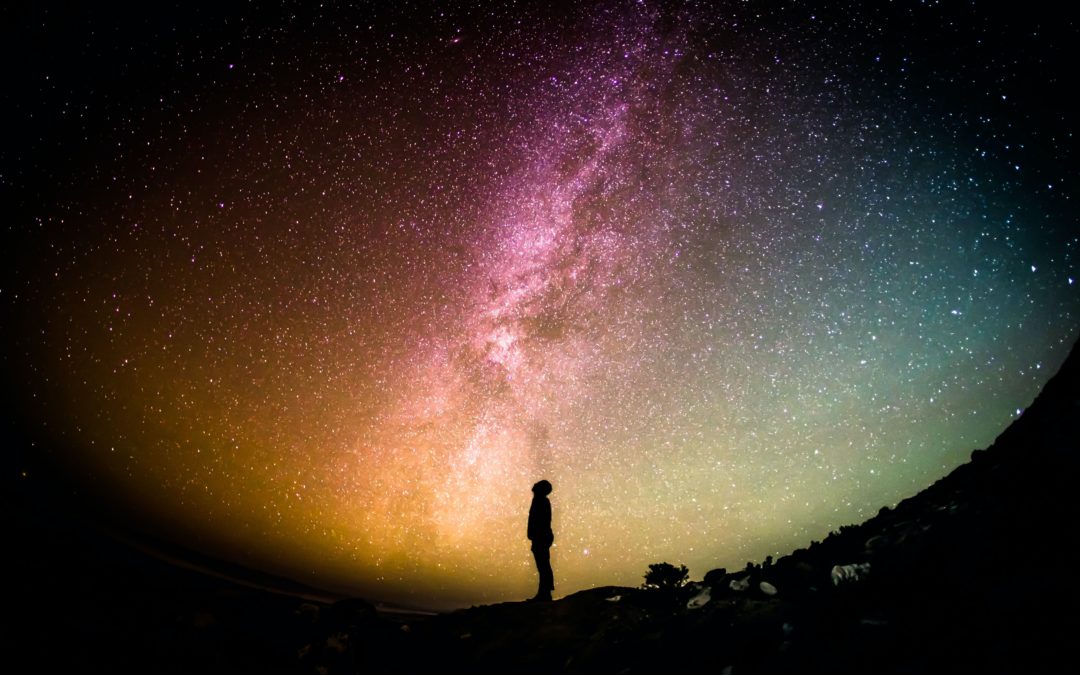Outer space is a wild and wondrous natural phenomenon that is unexplainable to many. Some individuals try to piece together answers from scientific reasoning, others understand outer space from a strong belief in a higher being, and some reach their best understanding of outer space by combining their scientific knowledge with their religious beliefs. No matter how a person tries to explain the complexity of astronomy, it does not eliminate the following fascinating facts about our solar system that have captivated the hearts of young children and analytical scientists alike.
-
Mercury is Still Shrinking
While it was long believed that Earth was the only remaining tectonically active planet in our solar system, data derived from the Mercury Surface, Space Environment, Geochemistry and Ranging (MESSENGER) spacecraft mission to Mercury in 2016 disproved what scientists believed to be true for many years. After studying the data, it was discovered that the Swift Planet is still shrinking to this day, and it joins Earth as a tectonically active planet. This was determined after studying the planet’s young scarps, showcasing that Mercury’s interior is still cooling.
-
Venus Has Powerful Winds
Although Earth has seen its fill of catastrophic hurricanes and strong breezes, it does not see the constant powerful winds found on Venus that circulate the planet every four to five Earth days. As if the high temperatures on the planet weren’t enough to make it uninhabitable by humans, this extreme environment is made even more intense by Venus’ winds reaching speeds of 186.4 miles per hour. Over the course of history, these winds have only been found to grow stronger, meaning that this burning planet is nowhere near relenting.
-
Mars Has the Biggest Volcano
Although there are still expeditions to be made and areas to be explored, Mars is home to the biggest volcano that has been discovered in our solar system as of now. This volcano is none other than Olympus Mons, which is as large as the entire state of Arizona. Earth’s biggest volcano is Mauna Loa, which resides on the Island of Hawai’i. However, the volume of Olympus Mons is 100 times that of Mauna Loa, making it an unimaginable phenomenon that has left many scientists in wonder. It is hard to know how this volcano came to be, but there could likely be some new studies into this marvel as scientists continue exploring ways to travel to Mars.
